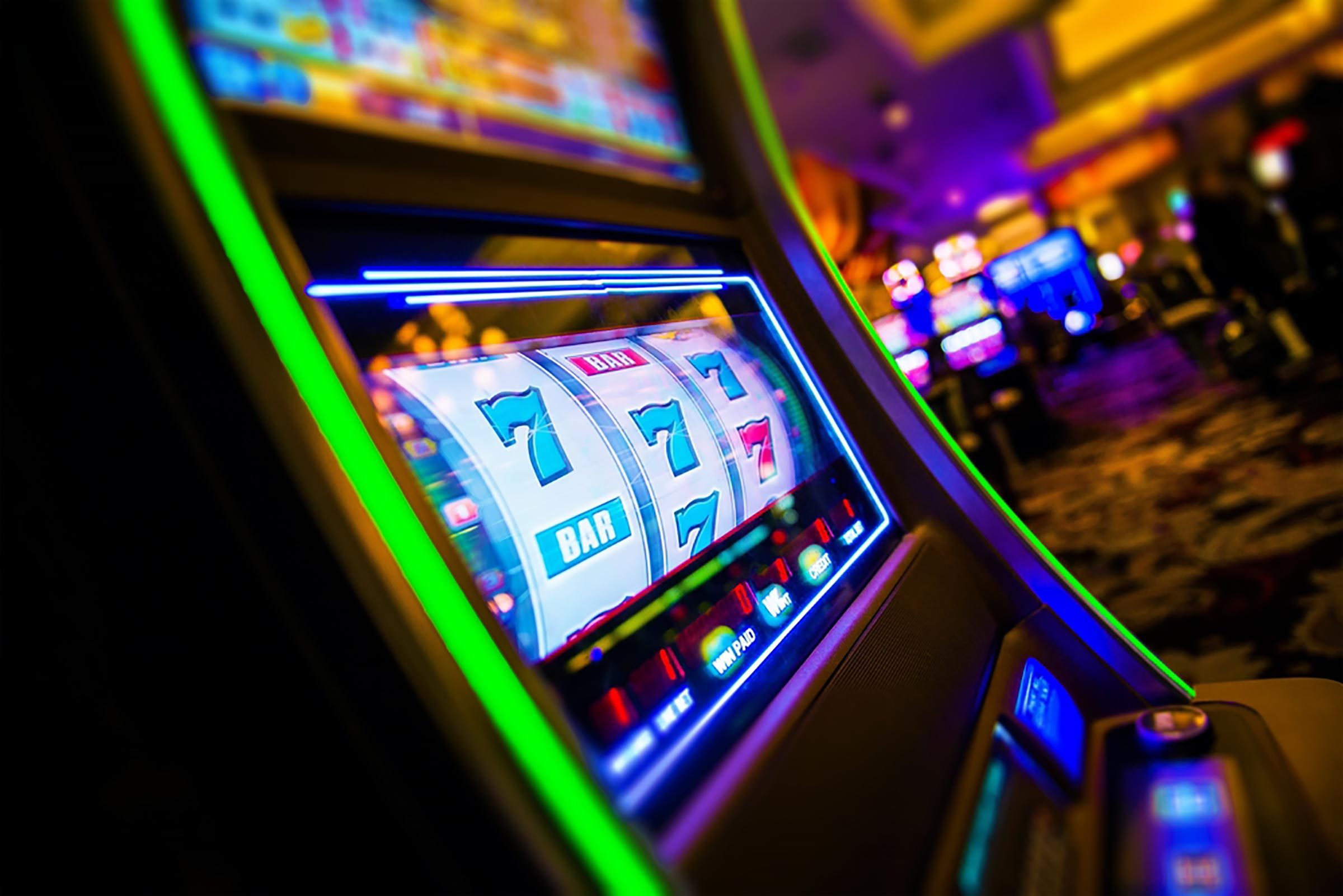
Casino games have long captivated people’s attention, drawing players into a world filled with chance, tactics, and the allure of thrill. Each experience is meticulously crafted not just for enjoyment, but also to inspire specific emotional responses that keep players involved and committed. Understanding the motivations behind these designs reveals much about how behavioral psychology plays a vital role in the gaming experience.
From the vivid lights and vibrant sounds to the sophisticated layering of rules and incentives, casino games are designed to create an atmosphere of anticipation and anticipation. Game designers leverage psychological principles to influence participant behavior, whether through the use of jackpots, close-call situations, or community engagement. By examining these factors, we can better appreciate how casino games fulfill not just a need for entertainment, but more profound psychological needs for excitement and hazard.
Grasping Gamer Behavior
Casino games are designed with a deep grasp of player psyche, which is vital for drawing in and retaining players. The rush of the game, combined with the expectation of winning, creates a formidable draw. Game designers utilize elements like audio cues, vibrant graphics, and immersive gameplay to capture attention and elicit emotional responses. These sensory effects enhance the total environment, making players feel more invested in the game.
Another notable aspect of player behavior is the notion of risk versus reward. Casino games often manage high-stakes situations with the potential for considerable rewards, which can cause the occurrence known as near-miss phenomenon. When players come within reach to winning, the brain releases dopamine, bolstering their behavior and encouraging them to continue playing in pursuit of that hard-to-reach win. This cycle of wish and letdown plays a crucial role in how games are structured and advertised.
Lastly, social factors also play a central role in player behavior at casinos. Many games are designed to be played in pairs or alongside other players, fostering a sense of community and collective experience. The community engagement inherent in games like baccarat enhances enjoyment and can culminate in prolonged gaming periods. Designers leverage on this by crafting environments that prompt players to linger, socialize, and return, making the overall casino experience more appealing.
The Role of Imagery and Sound
Visuals and audio play a significant role in enhancing the player’s experience within gambling games. Designers utilize bright colors, striking graphics, and engaging animations to capture players’ attention and hold their focus. The use of themes, such as exploration or luxury, helps create an engaging atmosphere that takes players into a different world. By appealing to the senses, these elements add to a heightened emotional response, prompting players to engage more deeply with the games.
Sound design is just as important in enhancing the overall experience of gambling games. The mix of ambient music, audio effects for successful combinations, and environmental noises creates an auditory landscape that keeps players enthralled. Sounds associated with victories, such as ringing bells or festive music, evoke feelings of thrill and satisfaction, encouraging players to continue playing. These audio cues are strategically placed to enhance the thrill of the game and create a more engaging experience.
Moreover, the alignment of imagery and sound is essential for supporting the game’s overall concept and atmosphere. Each element should align harmoniously to create a unified experience that draws players in. The effective use of this synergy not only improves user enjoyment but also boosts the likelihood of return play, as players become more invested in the immersive world that the gambling games offer. This thoughtful combination of imagery and sound ultimately enhances player engagement and commitment.
Reward Systems and Participation
The design of gambling experiences greatly relies on reward structures to keep players engaged and coming back for additional experiences. Xin88 These systems are based in behavioral principles that exploit human nature and desire. http://xin88s.org/ Participants are often motivated by the excitement of success, which is supported by immediate feedback through the game’s design. This prompt satisfaction not just improves the gaming experience but also cultivates a feeling of achievement, encouraging participants to continue participating in hopes of bigger gains.
Gaming establishments implement various reward structures, such as jackpots, extra rewards, and increased rewards, to engage players. These features create a layer of excitement that sustains engagement. Additionally, the randomness of outcomes plays a crucial role in sustaining interest. The intermittent reinforcement schedule, where wins are unpredictable but happen often enough, keeps players on edge and motivated to keep playing. This loop of anticipation and anticipation is foundational to the success of gambling experiences.
Moreover, social elements, such as competitive events and collaborative options, boost the participation factor by leveraging the competitive nature of players. The shared experience of playing with fellow participants can amplify the excitement of success and create a sense of community within the casino. By combining these community elements with effective reward systems, casino games don’t just offer entertainment but also foster a deeper connection among players, reinforcing their loyalty to the gaming experience.
